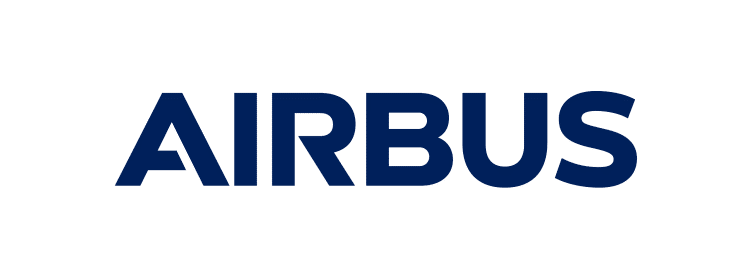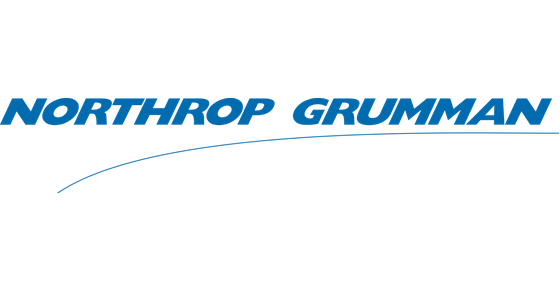PAGE CONTENTS
Objectives
The ARA Mk4 new generation Solar Array development started out with a set of generic, qualitative goals that referred to the performance and properties of its ARA Mk3 and FRED predecessors:
- Cost reduction
- Risk reduction
- Performance increase (mass, deployed wing frequency)
- Readiness for growth capability
At completion of the ARTES 5.2 development and characterization phase it became apparent that a significant mass decrease would only be feasible by drastically reducing the versatility. The mass goal was therefore redirected to ‘mass neutral’.
For the ARTES 3-4 qualification phase, the objectives were:
- Qualify the ARA Mk4 technology on component level
- Solar panels of 3 different suppliers
- PVA comprising different solar cell technologies
- Yoke structure
- Root Hinge with extended harness capacity
- Panel hinges including partial deployment capability
- Qualify a flight representative wing model in accordance with the customer requirements for:
- EDRS-C solar array for OHB
- Quantum solar array for SSTL
- Validate the mathematical models by correlation of the full wing test results with the predictions.
In conclusion, all of these goals have been met.
Challenges
The process of deriving unit level requirements from the various solar array level specifications, while ensuring that the full future application range would be enveloped, was a major challenge.
ARA Mk4 requirements flow down methodology
Allowing three substrate suppliers to define and qualify in parallel their own processes and materials to meet the product specifications, was an intensive effort.
Early in the project, the development of the holddown and release system (‘NELS’) proved to be more complex and time consuming than the other components.
System Architecture
The range of solar array applications was divided into two sets of configurations:
- Low-end applications (4 – 8 kW)
- High-end applications (6 – 15 kW)
The difference between high-end and low-end was mainly determined by the size of the spacecraft and the corresponding size of the panels, while the set of configurations could vary further from 2 to 5 panel solar array wings.
Each ARA Mk4 solar array wing can be divided into units, or building blocks, described under ‘Product Features’ that are combined to meet the customer’s requirements on interface, power, volume, etc.:
- Panel Substrate
- PVA (Photo Voltaic Assembly)
- HDRS (Hold Down & Release System)
- Yoke
- Root hinge
- Panel Hinge (including the Partial Deployment Mechanism)
- Synchronization system
Flexible Harness
Plan
The development ran largely in parallel with EDRS-C and later on also Quantum. To satisfy all needs, reviews were often divided into multiple stages.
Phase B1 was kicked off mid-2012 and the detailed design at unit and EDRS-C proto-qualification wing level was ready by mid-2014, after which production and testing finished in October 2015.
Since all formal ARTES qualification activities had not yet been completed, final stowage and packaging of the EDRS-C wings was only approved after the ARA Mk4 Qualification Review in February 2016.
To cover also LEO missions, PVA coupon thermal cycling continued until early 2017.
Current Status
The ARA Mk4 qualification program has been completed. In August 2019, the first ARA Mk4 solar array was launched on EDRS-C and is operating nominally in its GEO orbit.
Meanwhile, the Solar Array for the Quantum reconfigurable GEO telecom platform has been delivered, awaiting launch in 2020.
Under contract are
- MetOp SG A&B (6 LEO meteo platforms, launches starting 2021)
- MPCV-ESM 1&2 (powering the service module of the Orion-Artemis manned capsule, launch 2021)
- Juice (ESA’s mission to Jupiter, launch 2022)
- Biomass (ESA Earth Explorer 7, launch 2022)
Europa-Clipper (NASA’s mission to Jupiter moon Europa in 2022)



